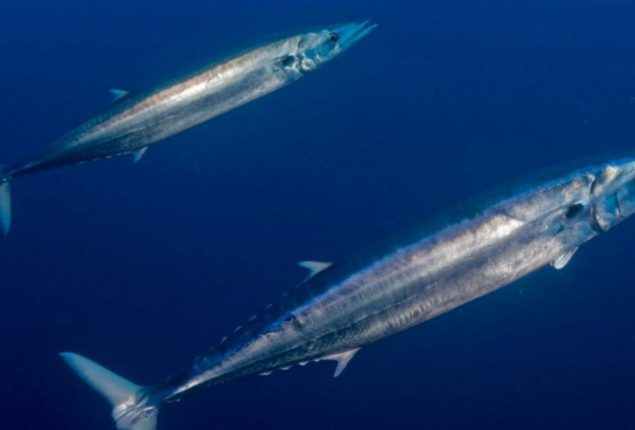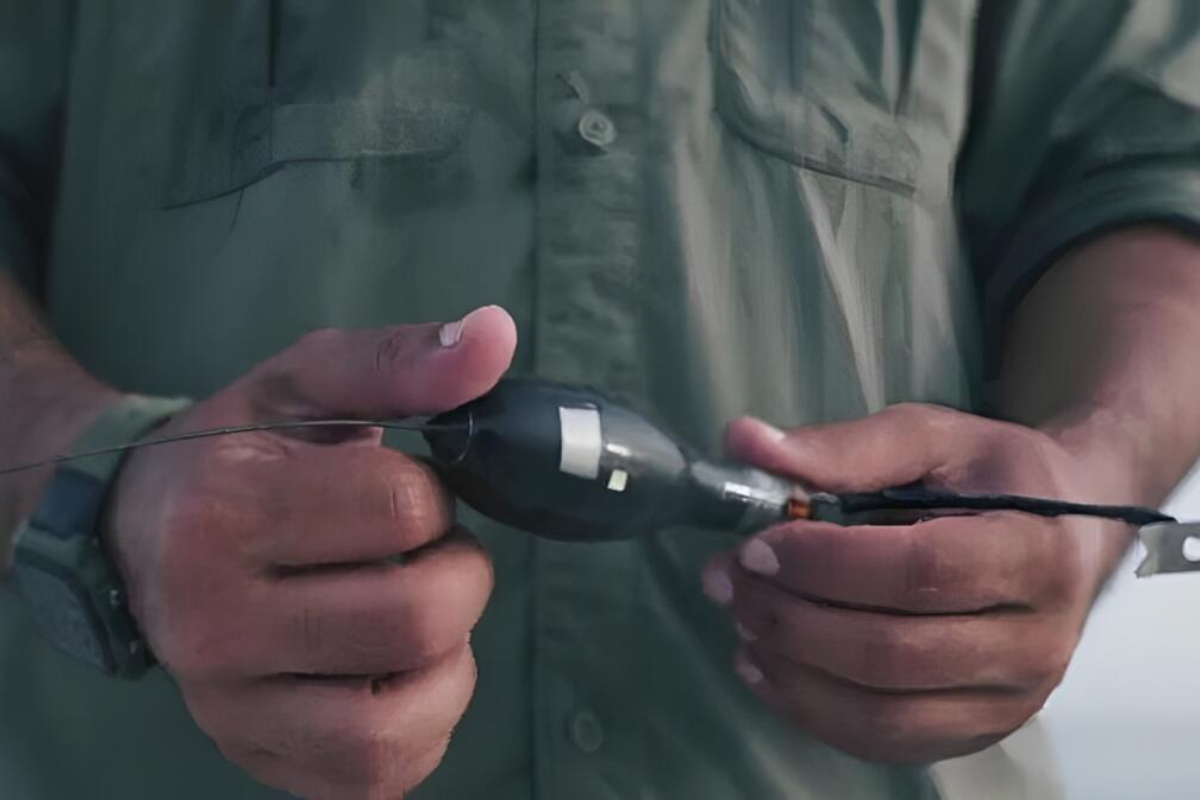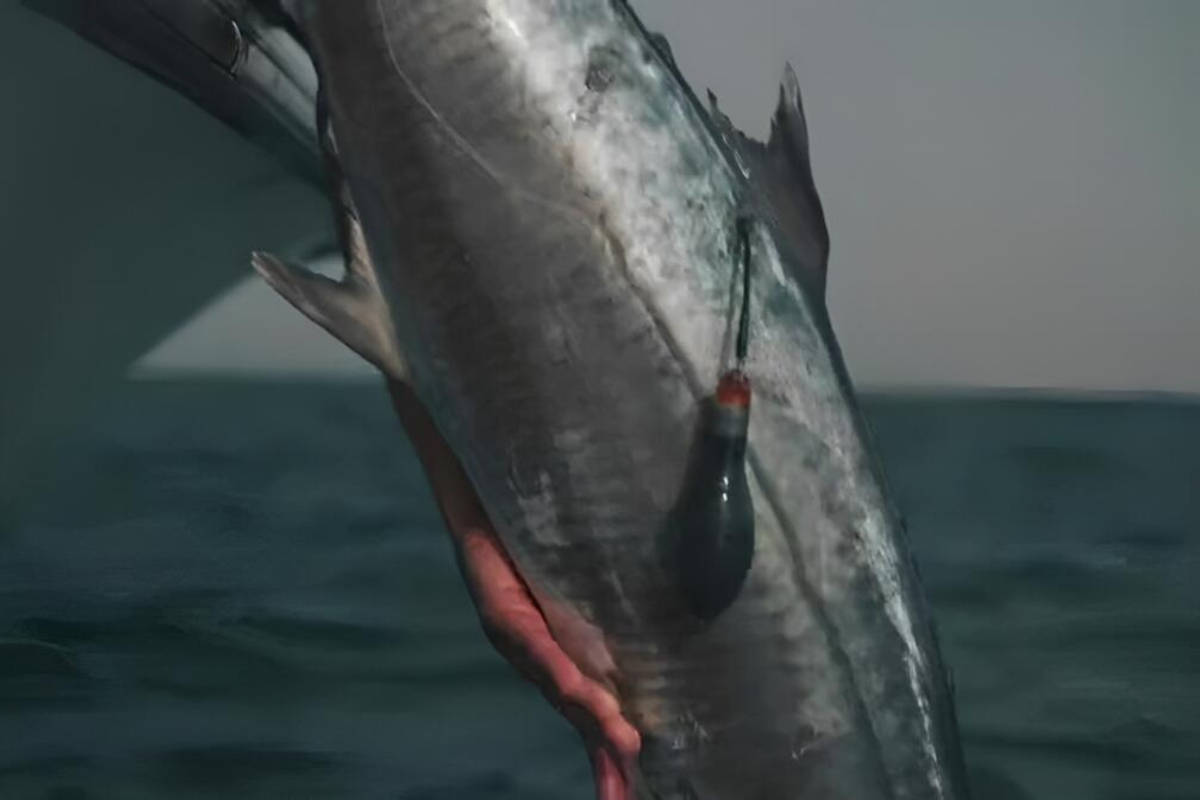US considering designating Houthis as “terrorists”
The US considering designating Houthis as "terrorists." The Biden administration revoked terrorist...

UAE Launches Historic Kingfish Satellite: Abu Dhabi Soars
Abu Dhabi has introduced a pioneering satellite tracking initiative for kingfish, a first in its kind. The Environment Agency – Abu Dhabi (EAD), in collaboration with the United Arab Emirates University, is spearheading this project aimed at overseeing migratory fisheries in the emirate.
“The project to track kingfish by satellite is considered the first of its kind in the world, as there are other similar projects that have been implemented to track sharks, tuna, and yellowtail kingfish and some types of large fish in Norway, Australia and the United States,” Ahmed Al Hashemi, executive director of the terrestrial and marine biodiversity sector at EAD, said.
This endeavor involves examining the behaviors and migration tendencies of kingfish in the Arabian Gulf waters. The focus is on identifying their biological traits and highlighting breeding seasons within Abu Dhabi’s waters.
Kingfish, recognized as a migratory pelagic fish found in varying depths and known for moving between areas in pursuit of food, has been selected for this study. Its choice stems from its significant economic, nutritional, and cultural importance, being the most frequently caught migratory species in Abu Dhabi.

Satellite-based fish tracking technology represents a contemporary approach to studying the migration routes and behaviors of fish, particularly migratory species. The tracking device is affixed to the dorsal fin of the fish briefly, minimizing stress and ensuring the process’s success. Following this, the fish is returned to the water to continue its life cycle. The device initiates communication with the satellite, transmitting data automatically. It detaches from the fish after six months or as per a pre-programmed schedule.
“There are no previous studies in the world to track kingfish, and this may be due to the difficulty associated with catching this type and installing the device on its body, as doing so requires great speed and care to ensure the success of the process,” he said.
“The kingfish’s smooth body and relatively small size compared to sharks and tuna increases the difficulty of attaching the tracker, and fishing operations for scientific research purposes differ greatly from the traditional fishing practices.”
According to Al Hashemi, the data collection on fish movement initiates when the tracking device autonomously separates from the fish’s body, floating on the water’s surface after a predetermined six-month period or in case of detachment.
Subsequently, the device establishes communication with the satellite, relaying crucial information regarding the fish’s trajectory from its starting point. The technical team then undertakes retrieval efforts, using geographical positioning systems and a goniometer to locate and recover the device, securing all recorded information and readings.

He highlighted that 8 tracking devices have been successfully placed on kingfish in Abu Dhabi’s waters, with an additional 18 devices earmarked for the project. The remaining devices will be deployed at the onset of the kingfish season this year.
This strategic placement aims to gather essential data for the study, facilitating the formulation of a comprehensive report on project outcomes. The report will include recommendations for effective fishery resource management and the regulation of migratory species exploitation in the emirate’s waters.
Research findings indicate that one device, upon detachment from a fish 100 km away from the launch point, revealed a fish travel distance of up to 350 km. This translates to an impressive rate of 40 km per day at a speed of 1.8 km/hour.
Notably, the kingfish exhibits swifter movement compared to other studied species, such as the marlin, which recorded a maximum speed of 0.8 km/hour. Throughout the tracking period lasting 9 days, equivalent to 194 hours, the kingfish device documented over 2,000 distinct readings.
To stay informed about current events, please like our Facebook page https://www.facebook.com/BOLUrduNews/.
Follow us on Twitter https://twitter.com/bolnewsurdu01 and stay updated with the latest news.
Catch all the International News, Breaking News Event and Latest News Updates on The BOL News
Download The BOL News App to get the Daily News Update & Follow us on Google News.